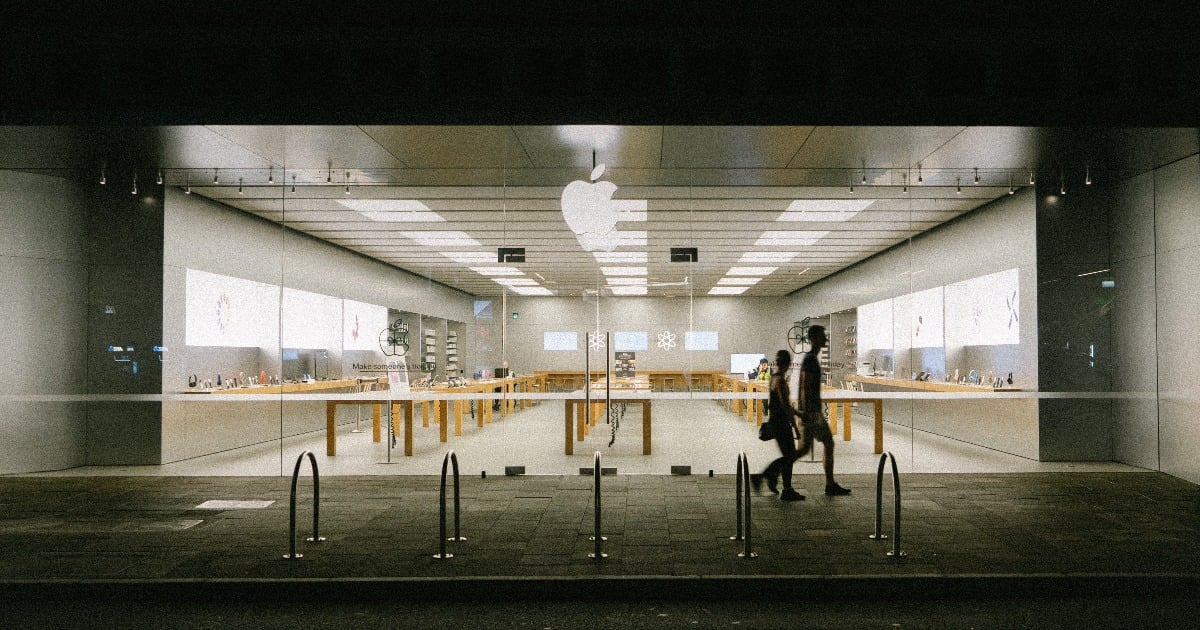.jpg?width=728&height=90&name=Action%20Items%20for%20ThirdChannel%20(10).jpg)
Many retail stores feel like walking through time, with the look and feel of shopping in 1999. Only, shoppers haven’t jumped into a DeLorean, and it's the 21st Century. And yet, everything is the same, from the checkout counters down to the shopping carts.
But while the 90's consumer may have enjoyed an aimless stroll around the laminate-tiled aisles of these stores, the consumer of today has very different expectations. They've evolved, thanks to the digital revolution, and retailers thriving in this new environment have adapted to the same changes.
Those that aren't adapting are failing—but things like store closures and downsizing don't mean retail Armageddon. Consider this period a thinning of the herd, which is a good thing for the industry as a whole. It will make way for a group of brick-and-mortar "survivors" that understand today's new, digital consumer. These retailers will move the industry forward by offering consumers new experiences in-stores and providing a level of support that's not available online.
Consumers Have Digital Expectations
Before the internet, consumers would make purchasing decisions via a trip(s) to physical stores. Now, shoppers do most of that research online and walk into a store when they're ready to buy. Today's retailers, then, are competing to be consumers' store of choice, and that competitive edge starts with a digital influence.
“Digital influence is responsible for about 70% of all sales," says Chris Wilkinson, managing director of retail strategy company First Retail Group. "I'm talking about the email you see when you open your computer, the prompt in your Facebook feed, the digital screen at the bus stop. There is no room for retailers without a digital presence."
.jpg?width=482&name=timothy-muza-572%20(1).jpg) Retailers with an online presence that serves as a research tool for product information, reviews and comparisons can directly impact store affinity with shoppers by keeping the retailer top-of-mind when consumers head to physical stores. And remember that consumers walk into stores with mobile still in-hand: these present still another opportunity to push discounts or marketing materials that drive sales.
Retailers with an online presence that serves as a research tool for product information, reviews and comparisons can directly impact store affinity with shoppers by keeping the retailer top-of-mind when consumers head to physical stores. And remember that consumers walk into stores with mobile still in-hand: these present still another opportunity to push discounts or marketing materials that drive sales.
Deliver Experience Over In-Store Quantity
To impress consumers, retailers must redefine how consumers can experience and interact with products in stores. Start with refining the store's scope. That is, honing in on the service provided in stores rather than the depth of products available. A variety of product isn't what drives consumers to stores—they get plenty of that online.
Timothy Muza | Unsplash
“Stores will hold key products, but other products will be available on a rapid basis. So, you might try on a nice pair of jeans, and if the store doesn't have the style you want, it will be delivered to you that night," Wilkinson explains. Instead, the store is an opportunity to give consumers an experience with products, rather than simply see them on the shelf.
In one North Face pop-up shop in Korea, shoppers browsed items, told sales associates which items they wanted, and the floor opened up to create a rock climbing wall. The items descended from the ceiling and shoppers leapt from the rock wall to collect their purchases, landing on a soft cushion below. The sensational method accomplished what an in-store experience needs: it was unique, memorable, and evocative of the brand.
Support Consumers with Training
Another thing consumers can't get online is in-person support. And according to a 2016 survey from research technology firm, iModerate, 81% of consumers report customer service is one of the most important touch points for the ideal in-store experience.
The retailers thriving in today's environment have implemented can't-beat-it customer service. That means starting with associates that know how to help the über-informed consumers walking into stores. PwC's 2016 Total Retail report revealed 40 percent of consumers report that a knowledgeable associate would improve their in-store experience. And according to ThirdChannel data, satisfaction sells: training just 25% of retail staff can lead to a 60% increase in weekly sales.
Many retailers are taking their in-store support to the next level by offering courses and workshops geared towards helping consumers better understand and use the products they buy. Verizon has jumped on board with this idea and offers its consumers free workshops and classes to help them learn everything from battery conservation to managing data usage on their new devices.
For those retailers in tune with these new retail norms, the future of brick-and-mortar is promising. Younger generations of shoppers actually value brick-and-mortar more than their predecessors. According to the iModerate study, 82% of millennials and 80% of Gen Z think it's important for brands to have a presence in a physical store. As these audiences gain more buying power, digitally influenced, experience-based brick-and-mortar will continue to thrive. And the biggest lesson of all for the retailers outlasting their peers? To survive means to continue to adapt as future generations bring new expectations to the store floor.



